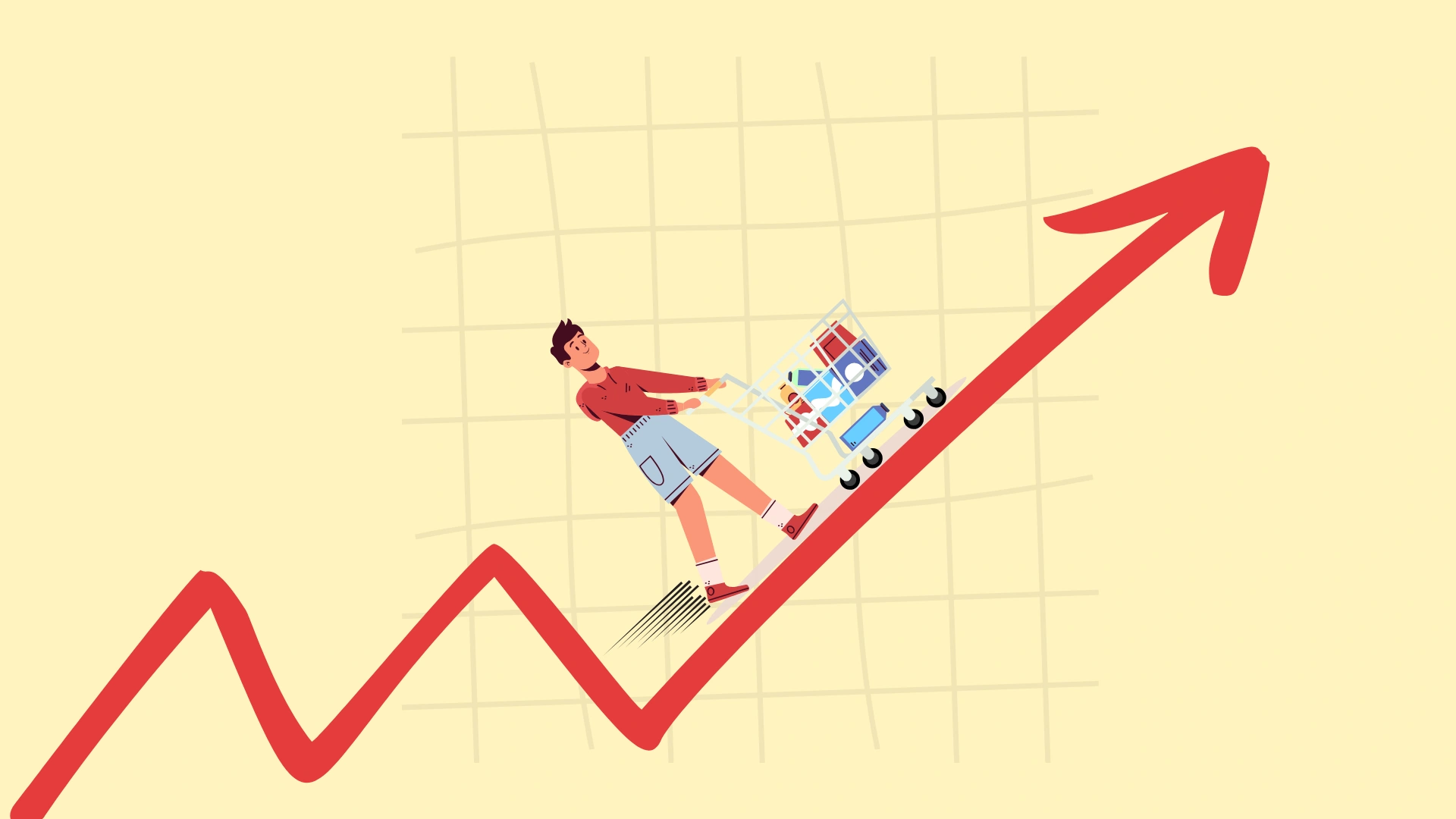My mom watched Biden’s speech in South Carolina in which he said that “there are still too many corporations in America robbing people.” Oh, that was definitely honey in the ears because it confirmed what she had long thought: “Corporations are screwing us over for no good reason, looking for an excuse to make more profit under any pretext.”
I’m not going to try to talk here about whether or not corporations are ripping us off because there’s no point in generalizing about it; it’s always a path to nowhere.
But there is another critical misconception associated with this: inflation. Although inflation is probably one of the most widely used economic terms, not everyone understands HOW it works. My mom is one of them. She tells me, “Evelina, if inflation went down, so should prices if businesses and corporations weren’t so greedy!” So what’s going on?
That’s inflation
Inflation is not some quantity that can go up or down. Inflation shows the difference in prices over time. Usually, the inflation data you see in the news is average inflation, that is, across the economy as a whole, including thousands of different prices, from fuel and food to sophisticated manufacturing machines.
Inflation reflects price changes from period to period, for example, in 2023 compared to 2022. But if inflation is falling, it just means that price growth has slowed. You can think of it as going up. It doesn’t mean I went down if I got to the fifth floor and didn’t move anymore.
That’s deflation
If you want prices to go down, you don’t need inflation. You need what is called deflation to start. This is the opposite process of inflation, where the prices of goods and services go down. But this is usually not good for the economy and means that there are big gaps in the economy and a crisis of overproduction. This is when you have goods that no one wants or can buy.
Price elasticity
It is also called the price elasticity of demand. It shows how demand varies with price. The higher the elasticity, the more incentive businesses have to adjust the price of goods to match demand. But most everyday goods are not very elastic, so the response to changes in inflation can be delayed. Especially as far as price cuts are concerned.
Businesses can indeed benefit from inflated prices, even if they went up for a good reason. But even here, there is usually price compensation over time, where the business keeps the product’s price the same for some time despite inflation. This is especially common in grocery and retail chains.
Of course, it doesn’t always work the way I’ve described. Still, in most cases, even if, for various reasons, the price at some point is overpriced compared to what would be market optimal, it will then gradually compensate as competing businesses will try to keep the price the same.

